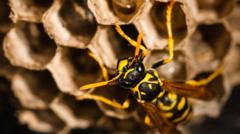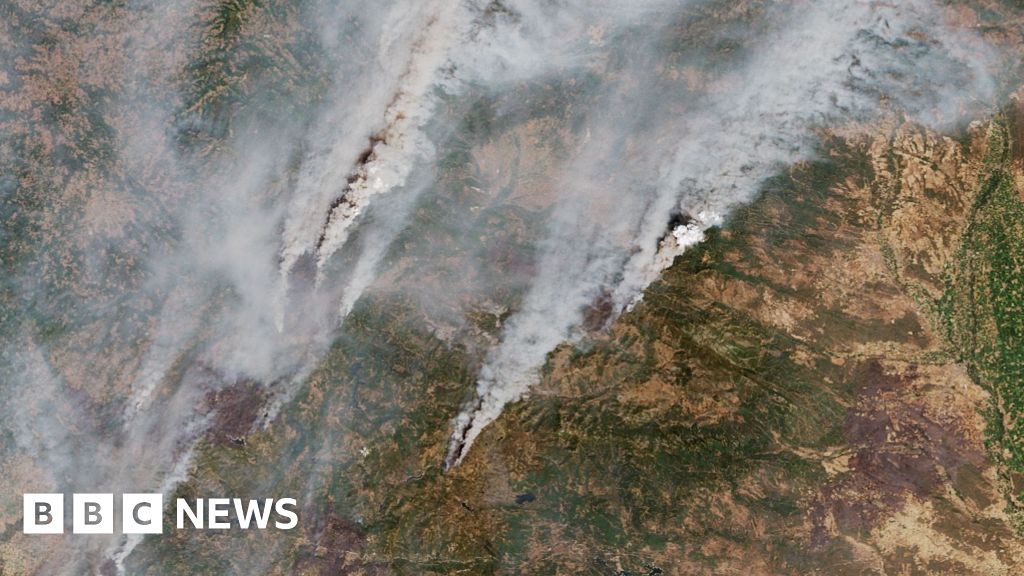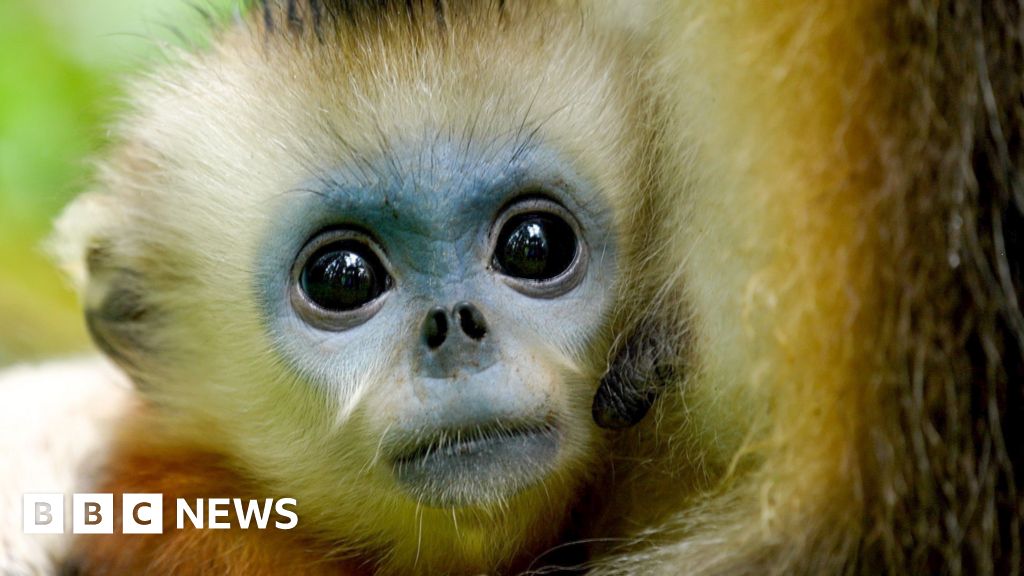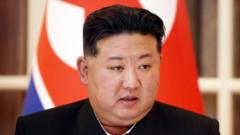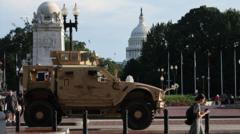Federal officials recently reported the discovery of a radioactive wasp nest at the Savannah River Site (SRS), a facility that once manufactured components for U.S. nuclear weapons. The nest contained radiation levels ten times higher than permissible limits, prompting concern despite assurances from the government that there was no leak from the nearby nuclear waste tanks.
The nest, which was found during routine inspections on July 3, was treated with pesticide before being disposed of as radiological waste. Investigators assert that the contamination stems from "onsite legacy radioactive contamination" related to the site's past Cold War era activities, not from any recent nuclear waste leak.
Environmentalist groups criticized the government's response, citing a lack of transparency regarding the source of the radioactive material. A spokesperson from Savannah River Site Watch expressed frustration over unanswered questions about potential leaks from the site's 43 active underground tanks.
While the energy department's report concluded that there were no impacts to the environment or public safety, skepticism remains about the implications of this radioactive discovery.

